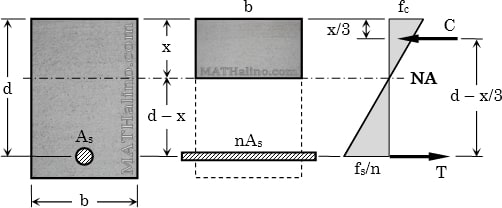uglukinpjs
Structural
i would like other engineers' thoughts on doing a quick beam calculation in this manner
if i design a beam with similar top and bottom steel, i want to just calculate 0.9*As*Fy*d as a max beam moment.
of course i'll check for min and max steel in the concrete section. On every section i checked, the concrete compressive capacity has been higher than the steel.
I want to do this without having to rely on software or complicated hand calcs.
I think this would be a very conservative design, unless i am missing something here.
if i design a beam with similar top and bottom steel, i want to just calculate 0.9*As*Fy*d as a max beam moment.
of course i'll check for min and max steel in the concrete section. On every section i checked, the concrete compressive capacity has been higher than the steel.
I want to do this without having to rely on software or complicated hand calcs.
I think this would be a very conservative design, unless i am missing something here.

